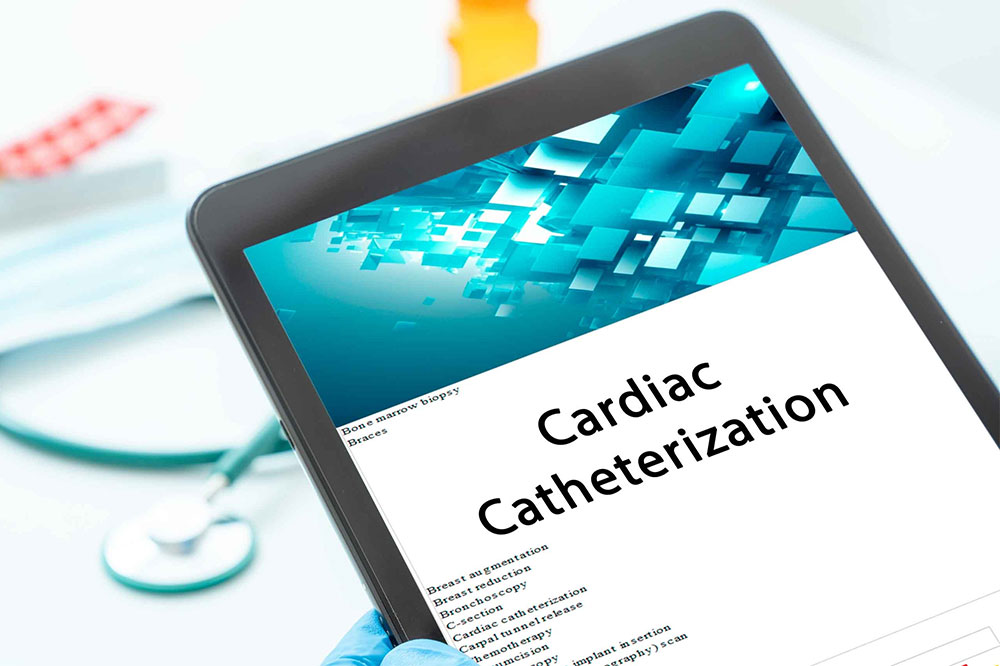An In-Depth Overview of Cardiac Catheterization Techniques
This comprehensive guide explains cardiac catheterization, a crucial minimally invasive procedure for diagnosing and treating various heart conditions. It covers the process, applications, preparation tips, and therapeutic interventions facilitated by cardiac catheterization. Learn how specialists use imaging to guide catheter placement for effective diagnosis and treatment, including angioplasty, stent placement, and valve repairs. Proper pre-procedure preparation and post-procedure monitoring are essential for optimal outcomes, making this guide useful for patients and healthcare professionals alike.

Understanding Cardiac Catheterization: A Key Heart Diagnostic and Treatment Method
Cardiac catheterization, abbreviated as heart catheterization, is a vital procedure used to diagnose and treat heart diseases. It helps identify issues like arterial blockages, valve malfunctions, and structural anomalies. Commonly recommended for symptoms such as chest discomfort or irregular heartbeat, the process involves inserting a thin, flexible tube called a catheter into blood vessels—usually the groin, arm, or neck—to reach the heart for detailed assessment and possible interventions.
The procedure is minimally invasive and often performed in specialized labs under the guidance of a cardiologist, assisted by nursing and technical staff. Imaging is used to guide the catheter, which can also be employed in procedures like angioplasty or stent placement, often completed in a single session.
How the Procedure Is Conducted
The specialist inserts a catheter through an artery—typically in the groin or arm—and guides it toward the heart. A contrast dye is injected, and X-ray imaging tracks blood flow and heart structures. This allows precise diagnosis of blockages, leaks, or structural issues. There are different types, including right and left heart catheterizations, based on clinical requirements.
Typical Applications of Cardiac Catheterization
Angioplasty: Using a balloon to open clogged arteries.
Valve repair and replacement: Procedures like Transcatheter Aortic Valve Replacement (TAVR).
Fixing congenital heart defects: Corrective techniques for birth-related issues.
Stent placement: Installing a mesh tube to keep arteries open after clearing blockages.
Biopsy: Collecting tissue samples to detect abnormalities.
Preparation Guidelines
Patients should share their full medical history, including allergies to iodine, latex, or contrast media. Fasting for 6-8 hours before the procedure is usually advised. Afterward, monitoring continues for potential complications like chest pain or dizziness. Immediate medical attention is needed if symptoms such as breathlessness or fever arise.


